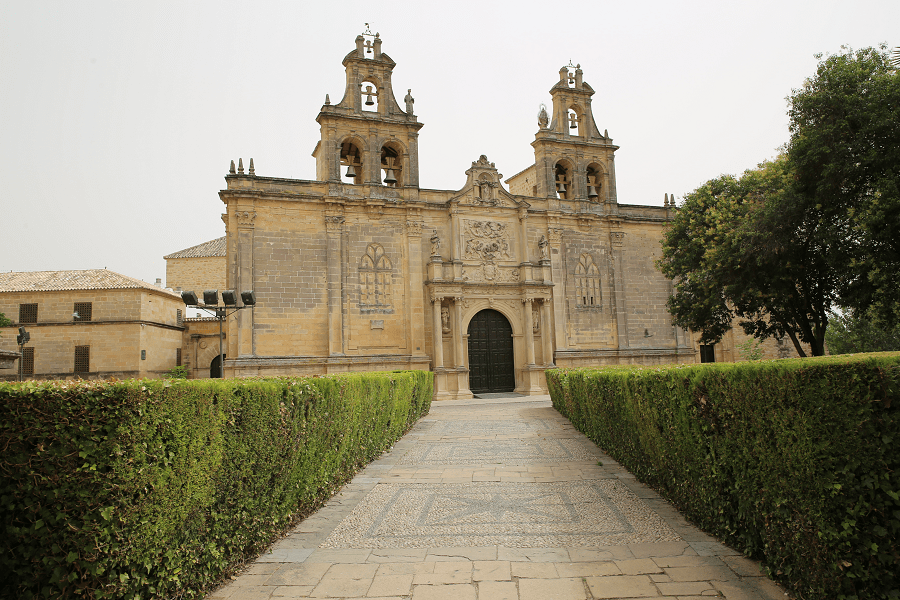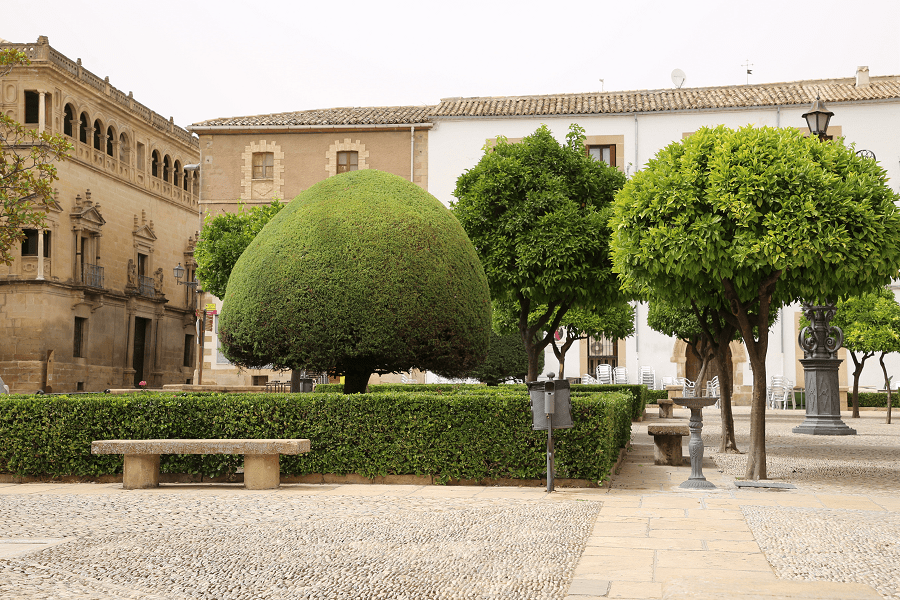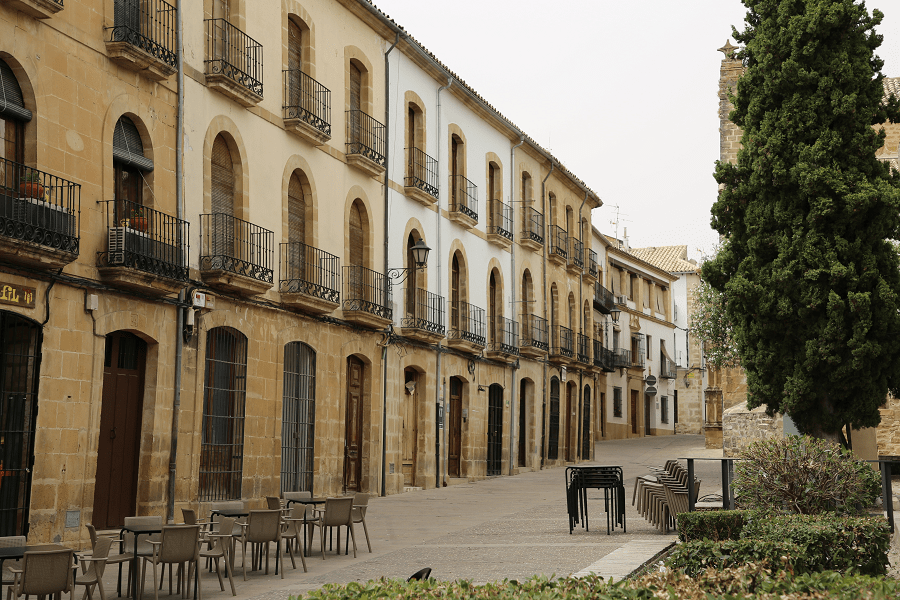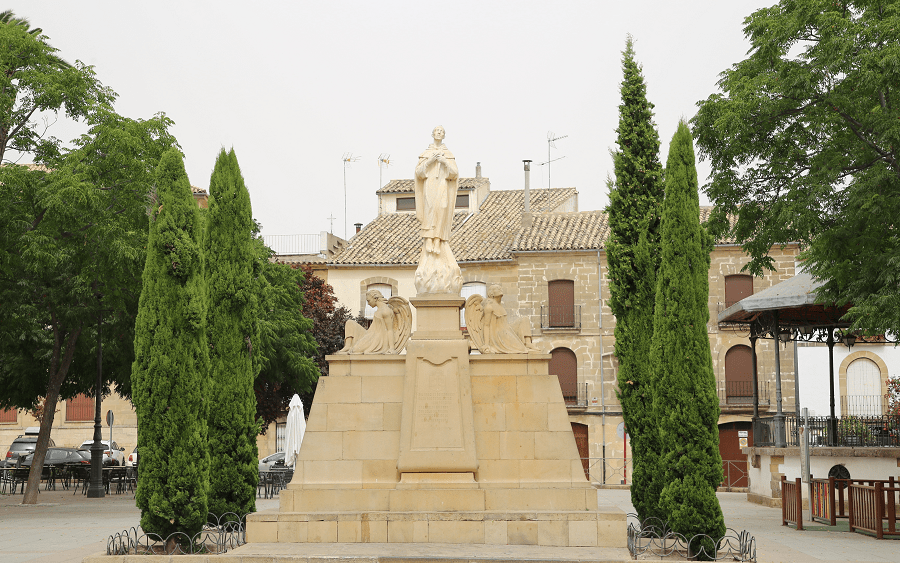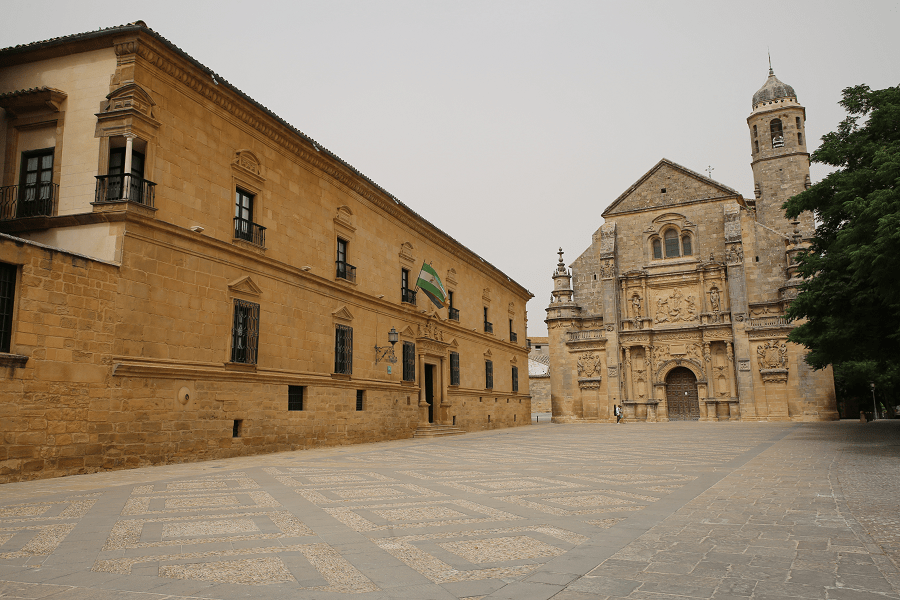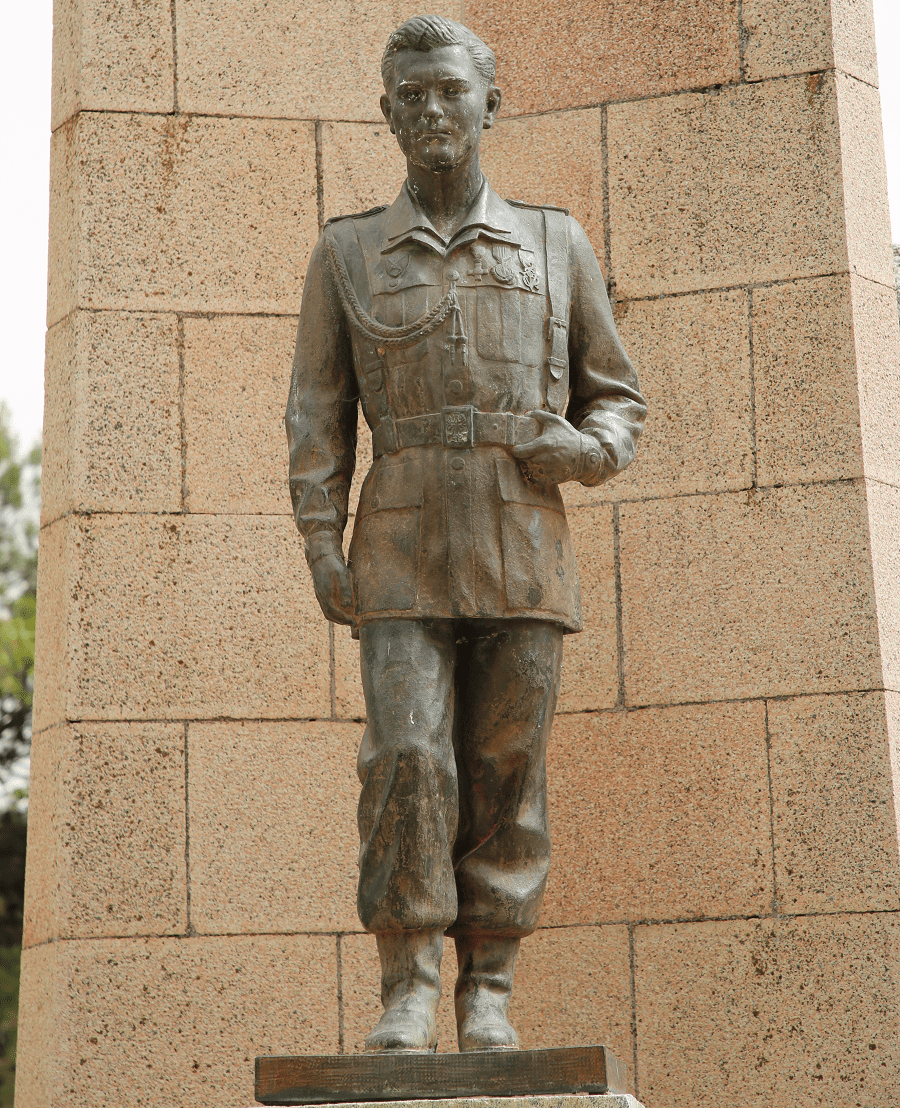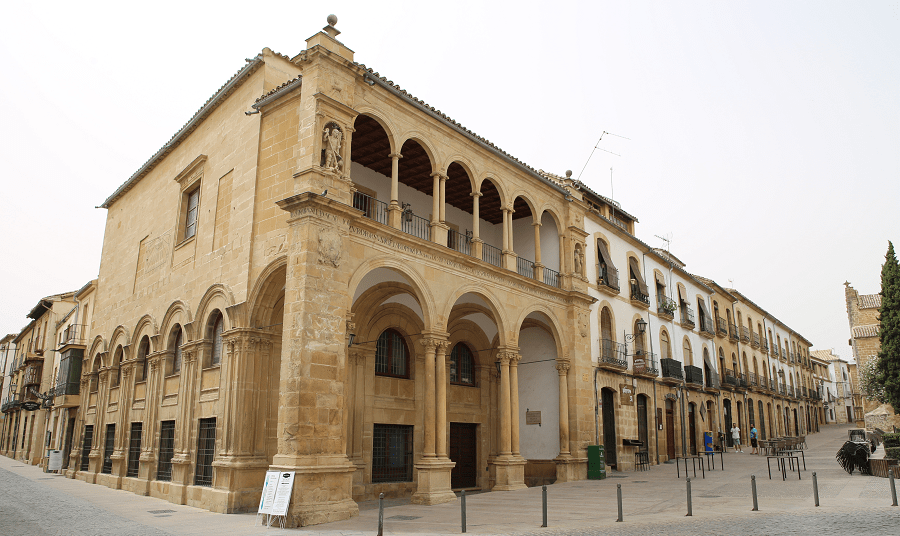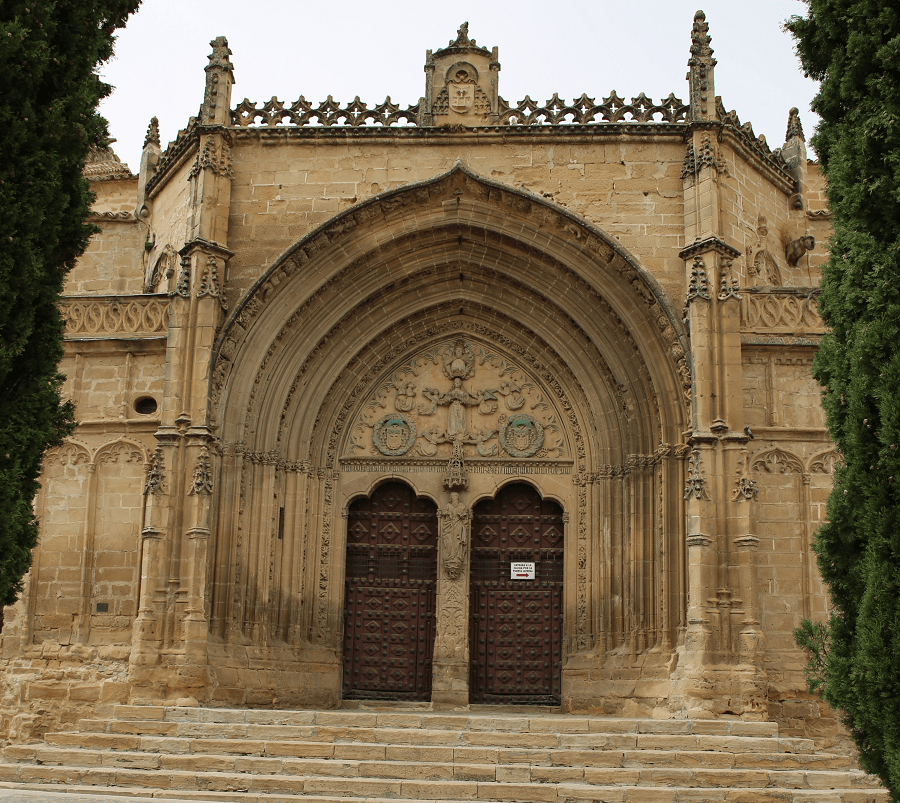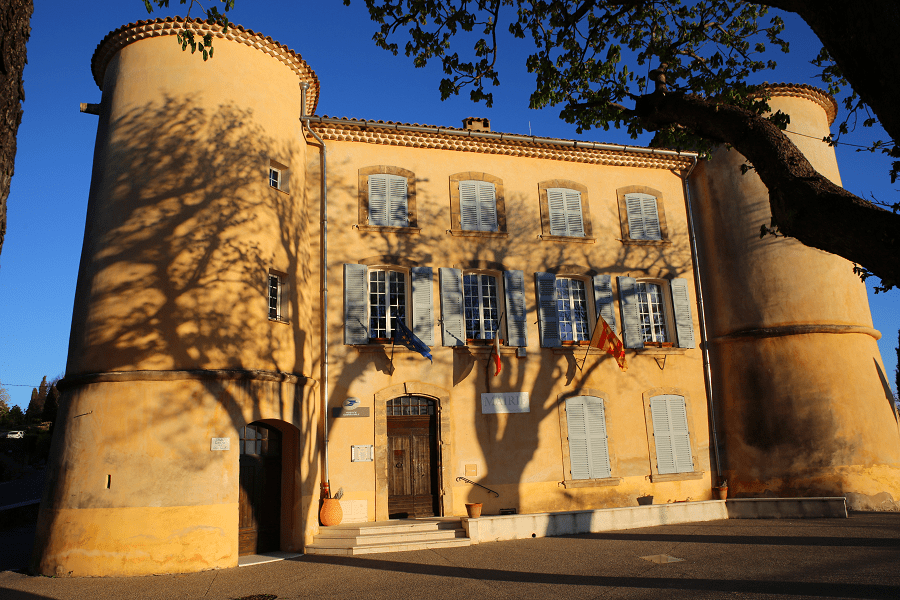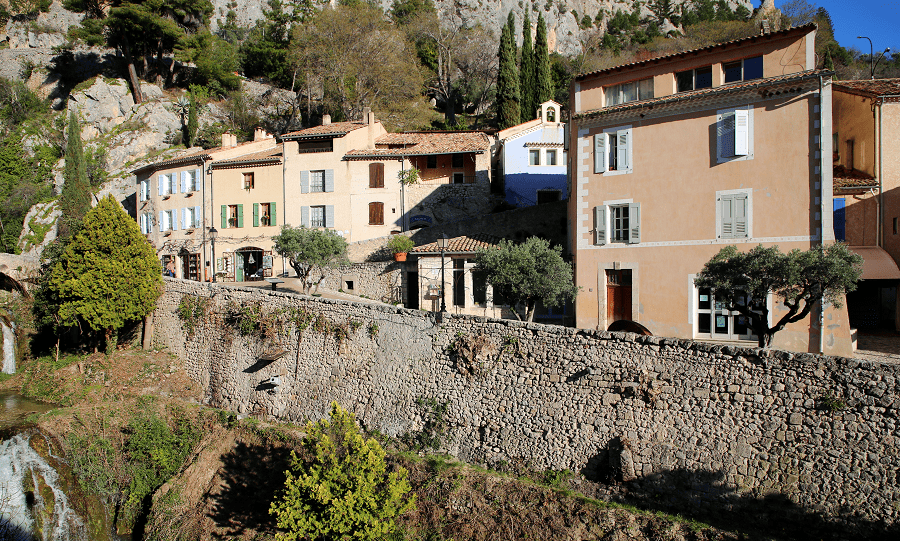Úbeda is a city and municipality in the province of Jaén, capital of the La Loma de Úbeda region, in the autonomous community of Andalusia, Spain.
The city, together with nearby Baeza, was declared a World Heritage Site by UNESCO on July 3, 2003, due to the quality and good conservation of its many Renaissance buildings and its unique urban environment.
Named “the city of the hills”, it constitutes an important center of attraction. It has a regional hospital, educational centers and university schools -UNED and SAFA-, delegations of the Treasury and social security, courts, zone captaincy, Teacher Center (CEP). According to the La Caixa yearbook, it is the capital of one of the economic provinces of Spain, with an area of influence of more than 200,000 inhabitants who regularly go to shop there.
Its wealth today corresponds to its ancient splendor. Úbeda lives mainly from the tertiary sector, commerce and administration, which occupy 49% of the active population. But in addition, the weight of agriculture occupies more than 50% of the population, being the nerve center of the olive grove and oil production, being one of the largest producers and packers of olive oil in the province of Jaén, cornerstone of its entire economy. In fact, the region of La Loma has been the world’s largest producer, with 15% of all world oil production. Other complementary activities are industry, livestock and an cultural tourism.
Tourism and main attractions
The city has 48 notable monuments, and more than a hundred other buildings of interest, almost all of them in the Renaissance style, in perfect balance with Arabic, Gothic or Baroque styles. Although curiously the romantic travelers of the 18th and 19th centuries were more impressed by the Muslim flavor of its streets than by its Renaissance splendor. All this heritage led Úbeda to be the second city in Spain to be named a Historic-Artistic Site, in 1955. In 1975 it received the appointment of the Council of Europe as Exemplary City of the Renaissance. Finally, in 2003 it was named a World Heritage Site, together with Baeza, by Unesco.
Throughout the city there are nine buildings declared a National Monument, and 19 declared Assets of Cultural Interest (BIC), to which two more must be added in the municipal area. Although the heritage is immense, it must be mentioned that, as in other historical cities, an important part of it has not survived to this day, due to various events. Much has been lost. In any case, the impressive current ensemble highlights the degree of conservation of many buildings.
The most outstanding feature of the city is the monumental Vázquez de Molina Square.
Prominent buildings in this square are:
Deán Ortega Palace (Palacio del Deán Ortega): a Renaissance palace designed by the Spanish architect Andrés de Vandelvira in the 16th century. Presently, it is a Parador hotel, one of the oldest in Spain.
Vázquez de Molina Palace (Palacio de Vázquez de Molina): another building in the Renaissance style designed by Vandelvira, also known as the Palace of the Chains (Palacio de las Cadenas) because of the decorative chains which once hung from its façade. Juan Vázquez de Molina, Philip II’s Secretary of State, ordered its construction. It currently serves as the seat of Úbeda’s municipal government.
Basílica de Santa María de los Reales Alcázares: a church built on the ruins of Moorish Úbeda’s mosque. It incorporates several styles, Gothic, Renaissance and Baroque. It was seriously damaged during the Spanish Civil War. It has been closed for restoration since 1983.
Holy Chapel of the Savior (Sacra Capilla del Salvador): Francisco de los Cobos, Charles V’s secretary, had this chapel built as his own pantheon. It was designed by the architect Diego de Siloé, and Vandelvira carried out its construction. This chapel is one of the town’s most characteristic architectural monuments. Its façade, sculpted in stone by Esteban Jamate, is one of the most beautiful in Andalusia.
Among other attractions of the city:
Palace of the Marqués de Mancera (BIC): Typical example of a towering urban Alcazar. Residence of Pedro de Toledo y Leiva, first Marquis of Mancera, captain and fifteenth viceroy of Peru.
The Bishop’s Jail: remains of Iberian necropolis dating from around 1200-1400 BC have been found.
El Pósito: Old granary renovated in the 19th century as a civil prison. Current Police Station of the National Police Corps.
The House of Juan de Medina. Pensioner’s home since the 1930s.
The Venetian Fountain: It follows an octagonal fountain model symbolizing the “fountain of life”. A diplomatic gift from the Venetian Senate to the secretary of Emperor Charles V of Germany, Francisco de los Cobos.
Ruins of the medieval Palace of Orozco: In front of the Parador, the ruins of the old medieval Palace of Orozco have also appeared, pending excavation and restoration.
La Casa del Regidor: The Plateresque portal of the Casa del Regidor, located between the temple of Santa María and the Cárcel del Obispo
The Hospital of the Honored Old Men of El Salvador (BIC): Declared a National Monument together with the Chapel of El Salvador. Located to the right of the Sacra Capilla del Salvador is Calle Baja del Salvador, which leads to a viewpoint from which you can see the Sierras de Cazorla and Mágina.
Plaza del Primero de Mayo: It is known colloquially as Paseo del Mercado. From Plaza Vázquez de Molina, along Calle Juan Ruiz González, we can go up to this great main square, which was the main square in medieval Úbeda. Originally it followed the model of a Castilian square, and it was redeveloped in the 19th century. In the center – the marble monument to San Juan de la Cruz – by sculptor Francisco Palma Burgos. Yes, two notable buildings are preserved in the square, the Church of San Pablo and the Old Town Hall.
The Church of San Pablo (BIC): This church with millenary foundations, one of the most beautiful in Úbeda, had the great privilege of hosting the Council of Úbeda.
The Old Town Hall: also called the Palace of the Council or the Old Town Hall. It is attributed to Francisco del Castillo, with its double Italian arcade. Today Professional Conservatory of Music “María de Molina”.
Convent of San Miguel and Oratory of San Juan de la Cruz: Continuing along Calle San Juan de la Cruz is the Convent of San Miguel, of Carmelitas Descalzos, and the Oratory of San Juan de la Cruz. The Oratory is in the Baroque style, with a beautiful altarpiece. Inside, there is a museum dedicated to the mystic with interesting baroque works.
Other monuments of the historic center are:
the Jewish houses of the Barrio del Alcázar and the Gradeta de Santo Tomás.
the ruins of the ancient Church of Santo Tomás.
the Houses of Hernán Crespo.
the House of the Carvajales.
the House of the Savages.
the Manor House of the Moya.
the Palace of the Orozco.
the Palace of the Porceles.
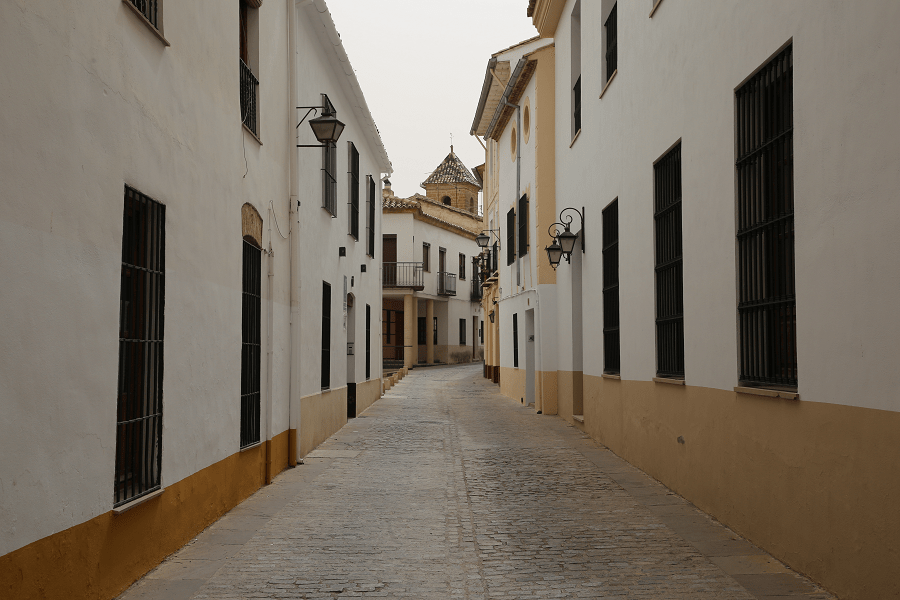
the House of the Templars.
the House-Palace of the Granada – Venegas.
the House de la Tercia: Current olive oil interpretation center.
the Palace of the Torrente.
the Palace of the Manueles.
the House del Blanquillo.
the House of Insurance.
the Palacio de los Morales.
the House of the alchemist of Moon and Sun.
the House of the Inquisition.
the Palace of the Count of Gavia – Known as the Santa Clara Barracks.
the House of Juan de Valencia.
Restaurants
Ubetense cuisine is basically Mediterranean, with La Mancha and Levantine influences, on its Andalusian roots.
There are two Michelin list restaurants in the city:
Cantina La Estación, Cuesta Rodadera 1, 34 – 50 EUR • Modern Cuisine
Asador de Santiago, Avenida Cristo Rey 4, 30 – 55 EUR • Traditional Cuisine
How to get to?
From Jaen 41 min (56.7 km) via A-316
From Seville 2 hr 57 min (280 km) via A-4
From Madrid 3 hr 22 min (331 km) via A-4
Main information
Area: 403 (municipality)
Coordinates: 38°00′42″N 3°22′18″W
Population: 34 329 (municipality)
Languages: Spanish
Currency: Euro
Visa: Schengen
Time: Central European UTC +1



